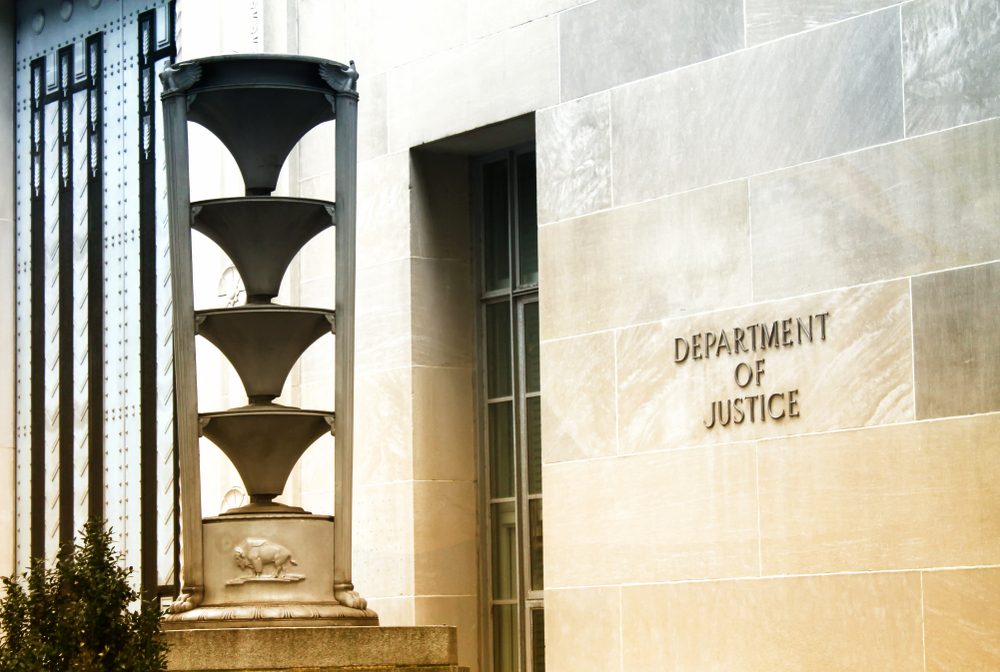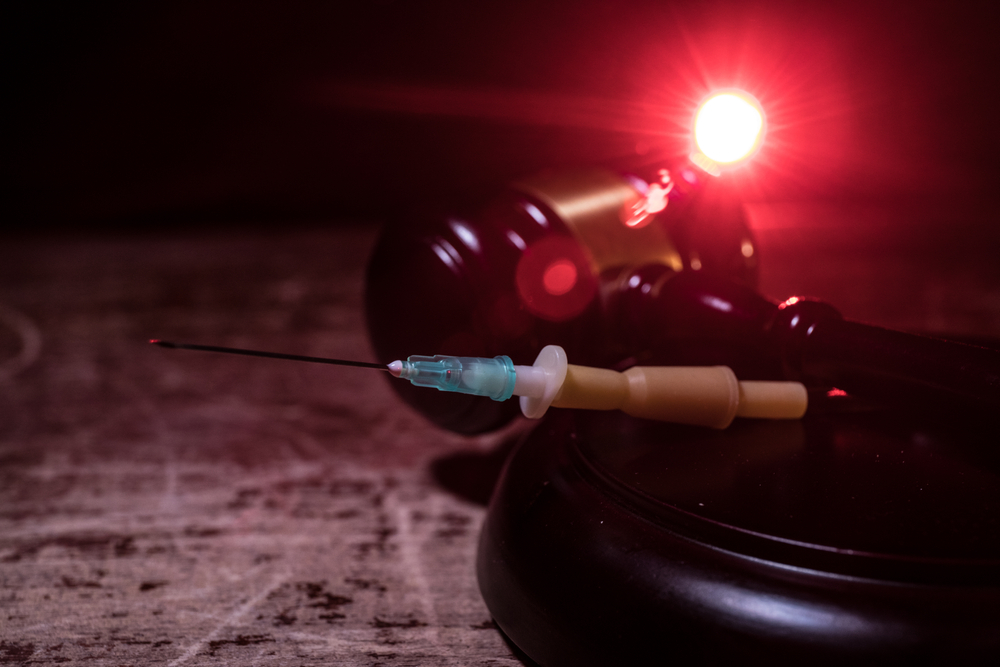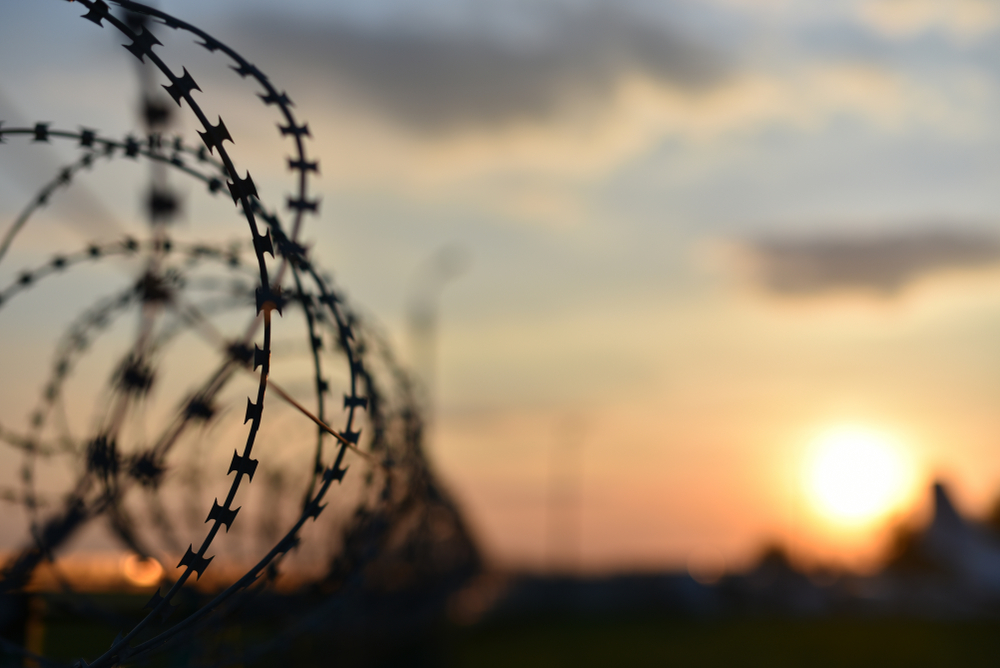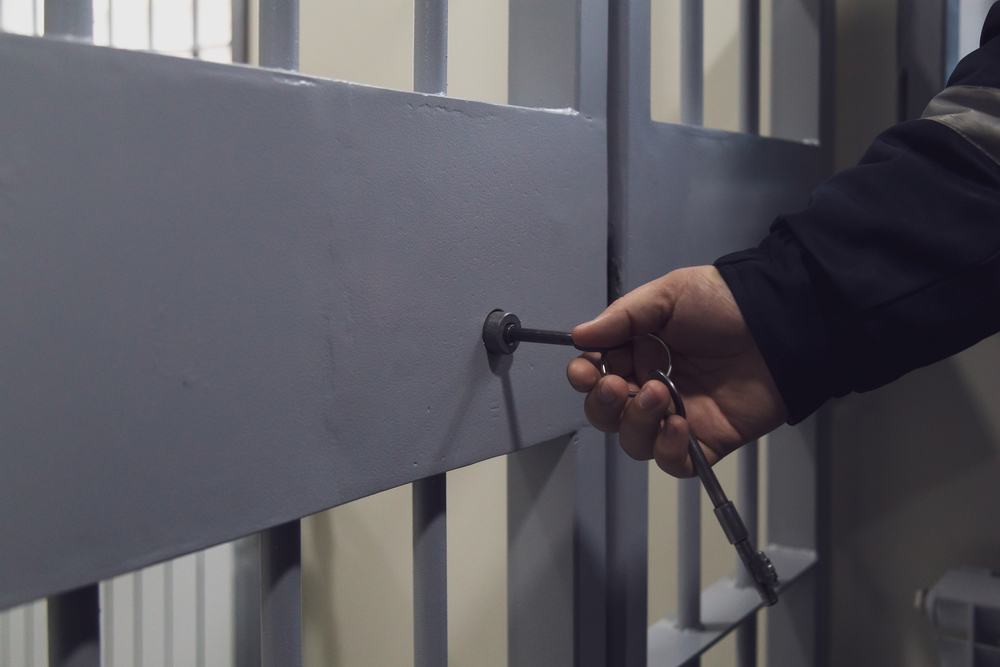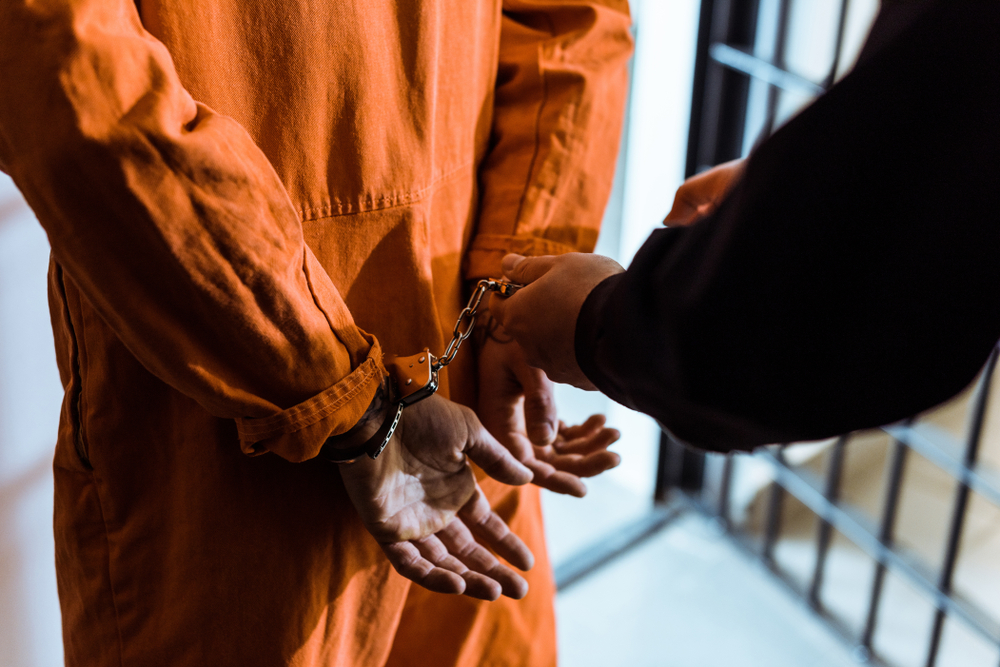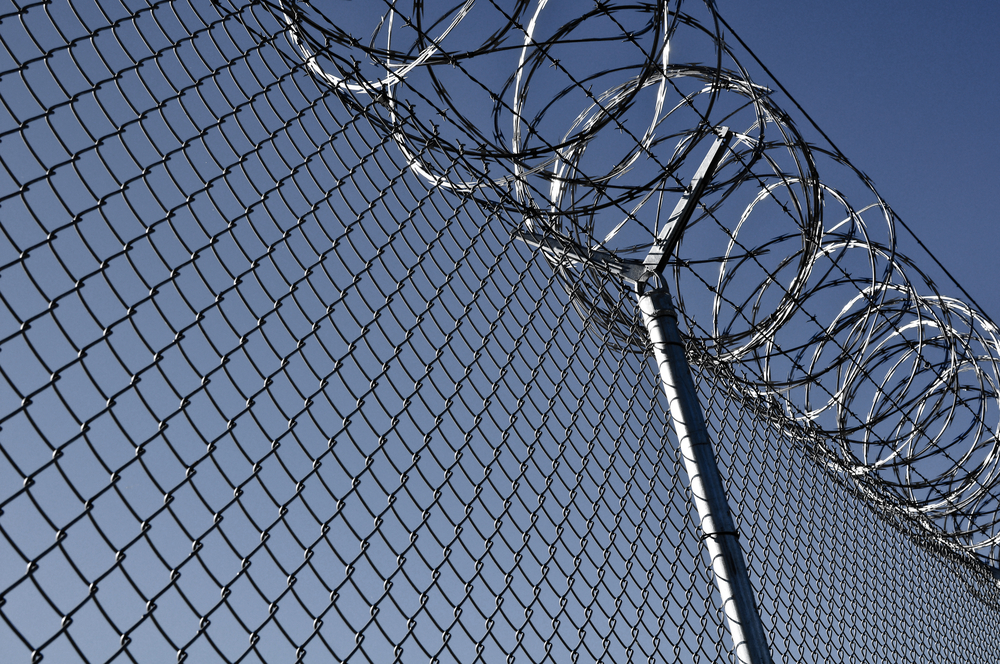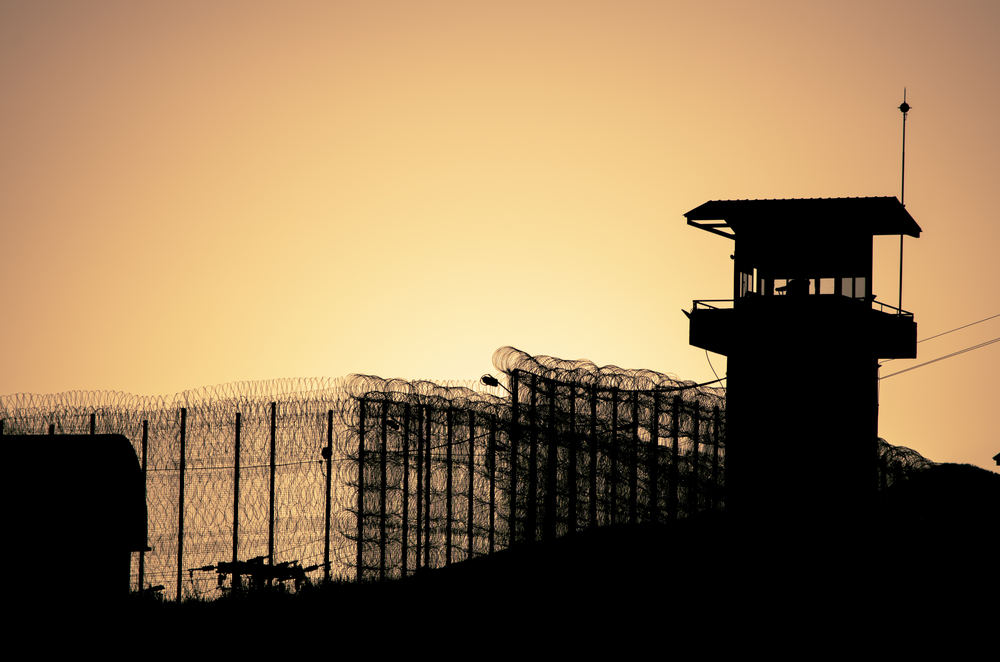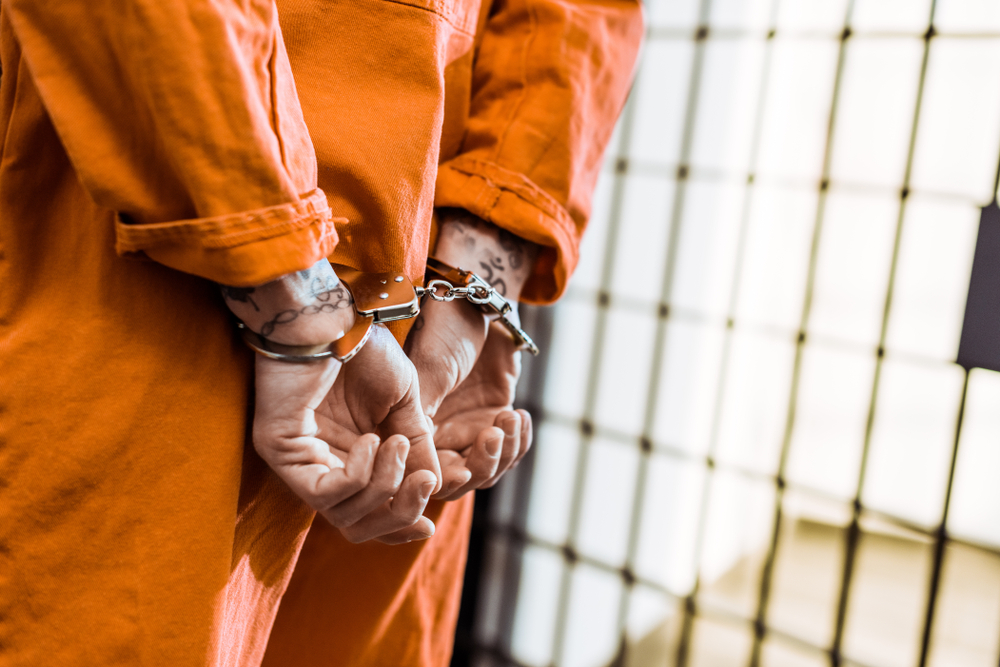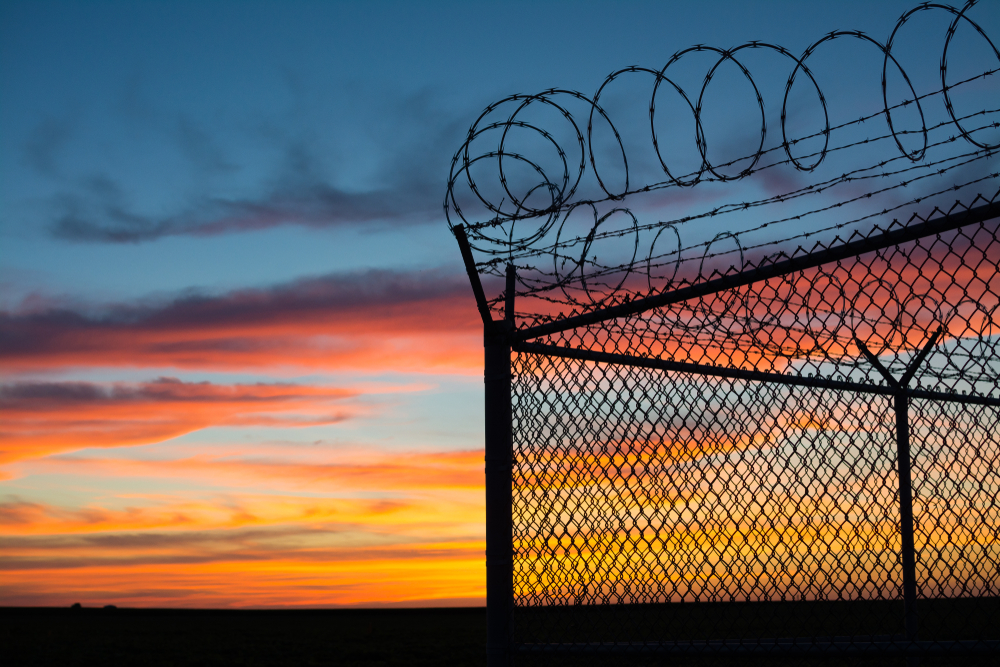Rights Violations and Mental Illness a Result of Prison Abuse and Mistreatment
Prison abuse is a widespread problem in the United States. With about 2.3 million people in jails and prisons, the cost of staffing and running these facilities costs billions of dollars each year. Along with America’s mass incarceration, the penal system has been a breeding ground for mass rights violations through the abuse and mistreatment of inmates.
While a decades-long history of substantial prison abuse is evident, little change has occurred. The physical, sexual, psychological, and social impact of abuse has created unsafe and unsanitary prison conditions. Far too many prisons have a culture that normalizes violence, doles out immoral punishments and threats, and dehumanizes those behind bars.
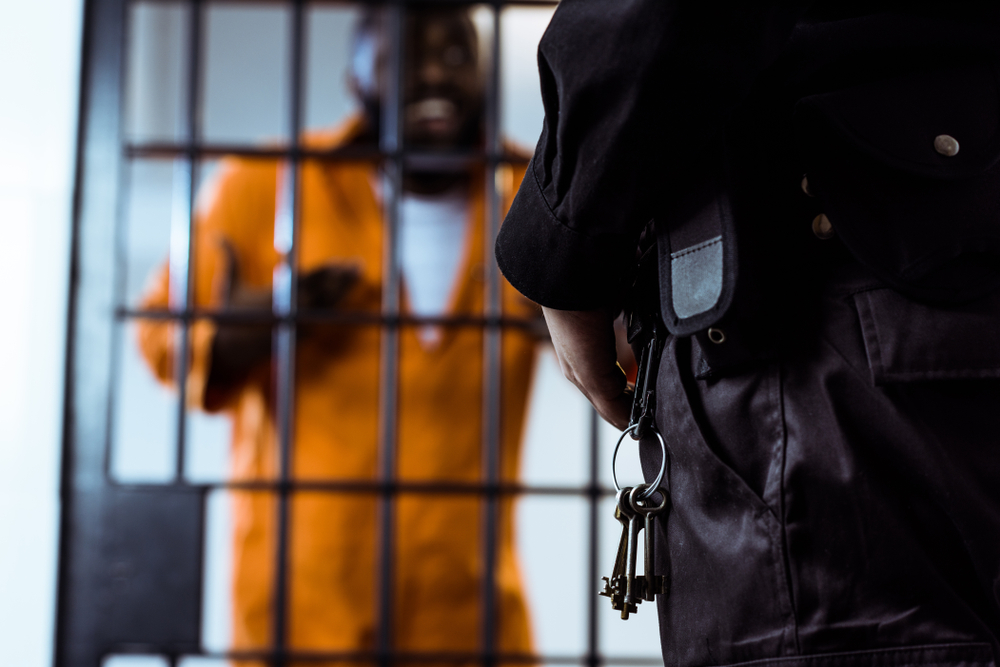
Types of Prison Abuse and Constitutional Rights Violations
Prisoner abuse comes in many forms and has far-reaching, negative effects on the victim and even the people and communities they return to if freed.
The everyday violence, food and medical deprivation, demeaning treatment, and excessive solitary confinement have exposed many civil rights violations. The Eighth Amendment protects Americans from enduring cruel and unusual punishment, but years of corruption and prison abuse have denied this right many times over.
Physical Abuse and Fear of Abuse
Physical abuse by prison staff and other inmates occurs in correctional facilities across the country. Lawsuits by current and former inmates who suffered abuse have exposed the violent culture and outright criminal actions occurring to those imprisoned.
Guards have physically abused inmates by using stun guns, batons, punching and kicking, and excessive force. The abuse of power among officers is disturbing, including reports of beatings when fully restrained.
Inmate-on-inmate violence is also common. The fear and trauma, difficulty reporting abuse, and inadequate protection and support of correctional officers add another struggle to the situation. Inmates are often forced to keep quiet through threats or ignored when trying to report prisoner abuse.
Related: Prison Abuse Rampant in U.S. Facilities
Sexual Abuse in U.S. Prisons
Unfortunately, another type of violence – forced sexual acts and rape – occurs in U.S. prisons much more frequently than in free society. In fact, an article in The Nation cited women are 30 times more likely to be raped in prison, figures found through the Bureau of Justice Statistics (BJS).
In male prisons, studies have estimated that sexual assault occurs to 2%-5% of inmates. Both inmates and prison officers have been identified as attackers.
Many report guards who forced them to perform sexual acts in order to have the privileges they’re entitled to, using threats of violence and denying access to basic needs like food and medical treatment. Some inmates have endured sexual abuse for years and are forced to be the lookout while others are being raped. Unsurprisingly, these violations have had a permanent impact on their physical and mental health.
Other statistics from the BSJ revealed that allegations of sexual assault in adult prisons increased drastically between 2011 and 2015. There were 8,768 reports in 2011 compared to 24,661 four years later. The increase is believed to be due in part to the 2003 National Prison Rape Reform Act (NPRRA). The NPRRA was put in place due to rising complaints and exposés that revealed an alarming rate of prison rape and assault.
Mental and Psychological Prison Abuse
Mental illness among U.S. prisoners is common, and the abuse and mistreatment behind bars have directly exacerbated and caused mental conditions to develop.
The stigma, lack of funding, limited access to vital services, and little focus on this type of health condition has left prisoners without the medical support they need. Being demeaned, insulted, and threatened with violence, loss of privileges and solitary confinement takes a significant toll on inmates’ mental health. To then treat them inadequately for their illnesses creates more problems.
Solitary confinement is another punishment that’s been deemed by many advocates as a violation of rights. Being in solitary has strict limitations on personal items, little or no outdoor time, and total isolation from other inmates. Inmates are often isolated for 23 hours or more each day, for years and even decades.
According to the American Civil Liberties Union (ACLU), long-term, solitary confinement causes harmful effects on mental health. This type of isolation can worsen and cause anxiety, hallucinations, severe depression, suicide and self-harm, irrational anger and violence, lack of impulse control, and lower levels of brain function.
To make matters worse, the treatment of prisoners in solitary confinement is an issue too because they’re more likely to experience abuse by guards. With segregation, inmate abuse is easier and often overlooked because of the belief that the prisoner deserves to be in confinement and treated poorly.
But change may be on the horizon. New York will end long-term solitary confinement in 2022, limiting the isolation to a maximum of 15 consecutive days. Whether other states follow suit is unknown, but acknowledging the role and impact of solitary confinement could provide a strong basis for change.
Related: History on Repeat: The Sordid Reality of Prison Abuse in the U.S.
Barriers to Address Prison Abuse and Conditions
Unfortunately, barriers from legislation like the Prison Litigation Reform Act introduced in 1996 have made it more difficult for prisoners to file federal lawsuits for prisoner abuse.
Inmates are forced to submit complaints through the prison before they’re allowed to sue the state, but there are clear obstacles and factors that prevent these reports from seeing results. The Act adds extra steps and causes a lengthy process of abuse. And threats of lost privileges and denials of essentials keep many abused prisoners silent.
The flaws and difficulty associated with the Prison Litigation Reform Act may be obvious, but it’s still in effect today. Many prisoner complaints aren’t taken seriously, nor are they officially filed, leaving inmates with little recourse when abused and denied civil rights.
One thing is clear: Many inmates pay far more for their crimes than just their sentencing.
Marginalized Populations at Greater Risk of Abuse and Mistreatment
While sexual and physical abuse in prisons is common across the country in both state and federal facilities, marginalized populations are at greater risk of suffering. Women, transgender individuals, and those who are young or appear weak are targeted, and face increased violence when incarcerated.
Currently, lawsuits by transgender inmates are making headlines as inmates and guards disproportionately demean, dehumanize, and abuse them. In March, a transgender inmate filed a lawsuit against the Michigan Department of Corrections for being raped as a result of being forced to share a cell with a convicted rapist.
The inmate had pleaded to be placed elsewhere, as was their right under prison policies and guidelines. The plea was ignored, and the prisoner claims they were raped within 24 hours. This is one of many cases that paints a disturbing picture of America’s prisons and that details guards who mocked and refused to help.
As the prison population endures hardships well beyond what’s moral, let alone legal, advocates, inmates, lawyers, and the government are trying to address corruption and violence in U.S. correctional facilities. Reform that ensures prisoner rights are upheld, improves the reporting process and creates safe, sanitary environments is needed to stop the mass rights violations and rampant prison abuse.












